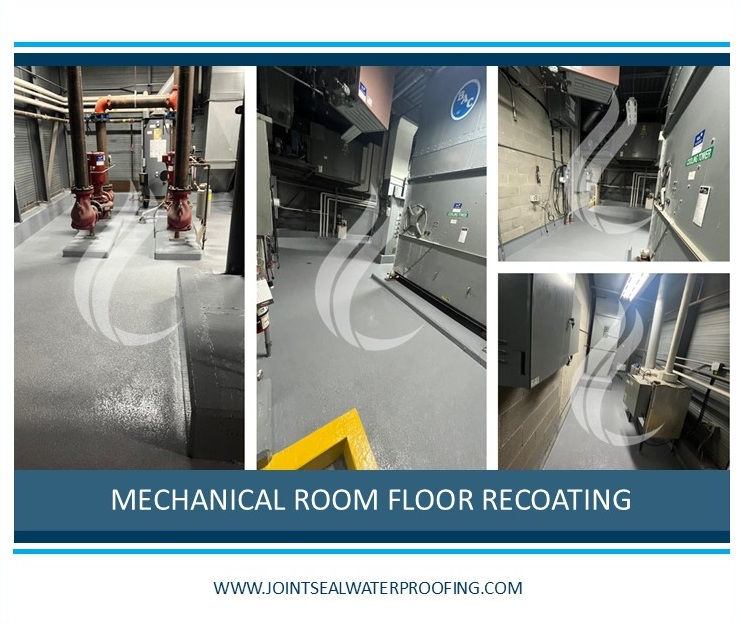Localised Concrete Floor Repair with Cementitious Urethane
- Nataliya Muriy

- Jan 4, 2023
- 2 min read
Right before the holidays, we were contacted by one of our long-term customers – a large food processing plant located in South Etobicoke – where we have been doing waterproofing work in several phases since January 2021. This time they required a durable solution for delaminated areas of varying size throughout the premises.
One of the challenges that this site presents is restricted access due to the nature of the business, as well as having to work in confined spaces, around the plant’s equipment. In addition, food processing cannot be interrupted (for that reason, we worked over Christmas when fewer plant employees were on site), and work area must be kept free of contaminants. The environment is acidic, making repairs more difficult to carry out.
Cementitious Urethane Application
All the areas of the floor surface were repaired with cementitious urethane which requires following a multi-step procedure, mixing the material properly, and respecting product pot life to ensure correct installation.
The repair method is as follows. First, the slab is sawcut at a 90-degree angle to a depth of ½” at the edges of the area to be coated. Delaminated concrete must be chipped out towards the sawcut, and the debris vacuumed. The chase width should be no less than ¾” and no more than 1 ½”. Vacuum shrouded diamond griding is done next, to remove the existing floor coating. The concrete surface must then be scarified to create the required concrete surface profile. The substrate must be taken down to non-carbonated concrete to ensure an effective bonding surface.
Once the substrate is ready, the material is prepared and applied with a trowel immediately (its pot life is only 15 minutes). Cementitious urethane must be applied to form a consistent layer ¼” thick. Since it wets out the concrete surface quickly, it is easy to trowel. The large aggregates used in this material provide strong impact and thermal shock resistance, as well as a non-slip texture which is important for safety.
To remove trowel marks and bring resin to the surface, an adhesive roller is used. The rolling must be completed within the 15-minute pot life of the mixed urethane components. Finally, the troweling must be finished, flushed towards the edges.
Once the material cures, the repaired area will remain protected for years to come.
Learn more about a wide range of concrete repair and waterproofing solutions we have to offer by visiting the different pages on our website.





Comments